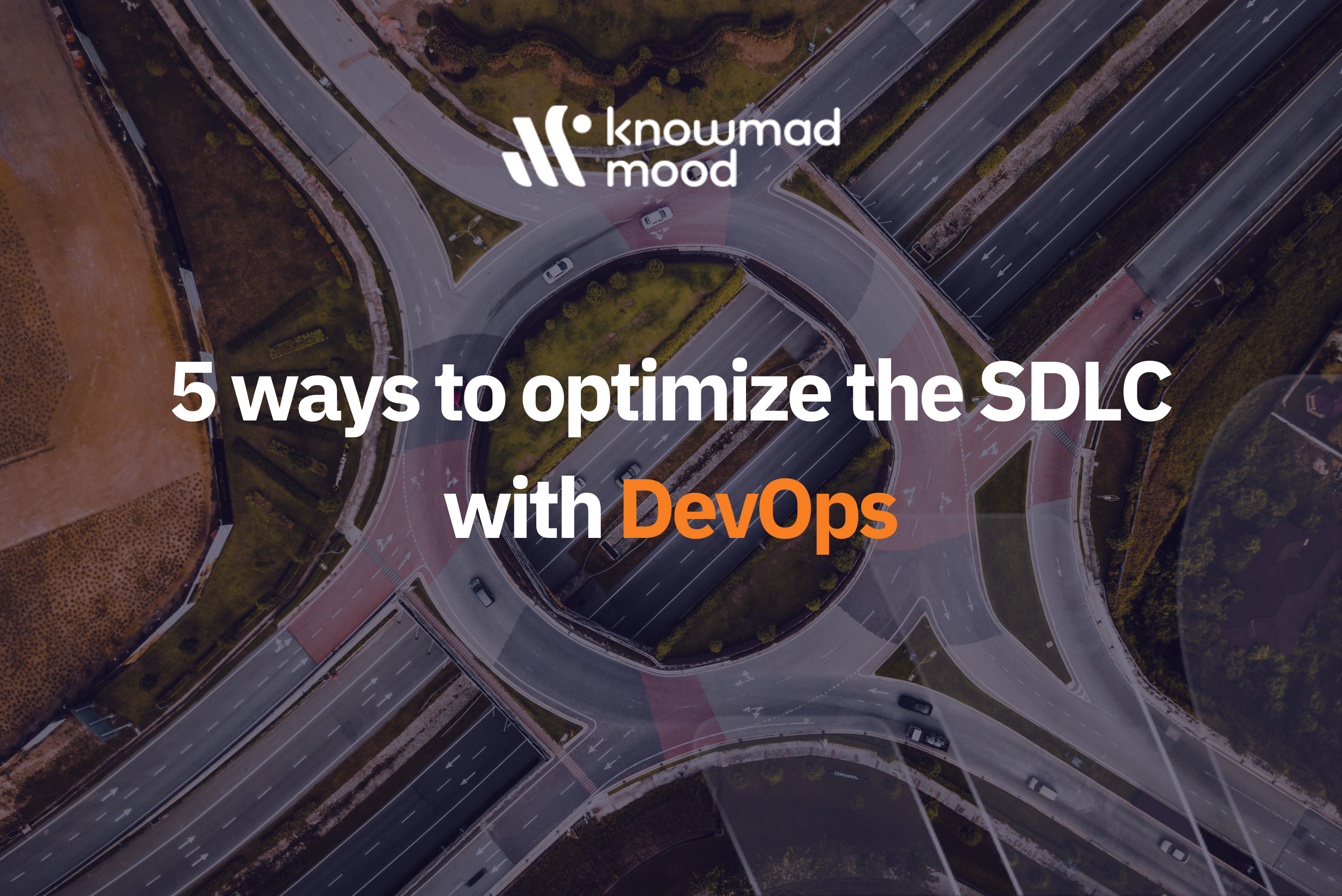
5 ways to optimize the SDLC with DevOps
The need for greater efficiency in the software development process in organizations is encouraging the adoption of a DevOps philosophy in order to maximize productivity and minimize application delivery time. In fact, the global DevOps market, according to IMARC Group, will reach 32.7 million euros in 2028, 24.5%.
This methodology is presented as a promising solution to optimize efficiency and communication between the development and operations teams on a large scale, optimizing the lifecycle of applications. knowmad mood, a leading technology consultancy in digital transformation solutions, points out some of the ways to do this.
Through greater collaboration between teams
A DevOps approach to the software development lifecycle enables constant cooperation between the various areas and teams of the company, since each member is involved in all stages of the process. Both development and operations departments collaborate continuously, as if they were a single team, with a common goal of increasing efficiency and therefore reducing the entire process time without losing quality.
Increasing automation, scalability and flexibility
The faster the demand for delivery, the greater the need for automation to reduce human intervention in the execution of tasks at any stage of the process, whether in the planning and tracking of metrics or in the testing and verification of the code. All this allows adaptability according to the needs that arise and the automated deployment of applications in complex environments. In addition, it is possible to exponentially increase reliability in critical processes and reduce moments of tension that may exist between different areas.
Continuous source code integration
Scalability and flexibility in the software lifecycle in turn facilitate the frequent integration of changes to the project’s source code in a repository shared by the teams. This means that by regularly incorporating new or modified code into existing code, quality and security errors, as well as potential conflicts, can be quickly detected and resolved.
Comprehensive control for continuous delivery
This is the next step to continuous integration, once all changes to the existing code are implemented in the desired environment and software testing has been successfully passed. In case the testing has not been positive, the automation of this process allows continuous delivery to be blocked until the results meet the established requirements. In this way, exhaustive control is achieved over the source code that is deployed in production environments.
Improved monitoring and observability
The constant review of the performance of the software and the servers where the applications are hosted is another core of the DevOps philosophy. Its objective is to collect as much information as possible from the system to foresee future problems in the process. Likewise, if it is not possible to anticipate an error, the goal is to resolve it in the shortest possible time by means of automated processes that considerably reduce the solution deployment time.
“As defined on a colloquial level, DevOps is the oil that makes the gears of an organization run smoothly. However, the experience in adopting these practices is going to be different from company to company and, therefore, the implementation of an Agile approach is necessary to maximize clarity in the interaction between teams, training to deliver value and the flow of deliveries, trends that will continue to expand and evolve in companies this year,” says Iñigo Chaso, Business Development Manager at knowmad mood.

